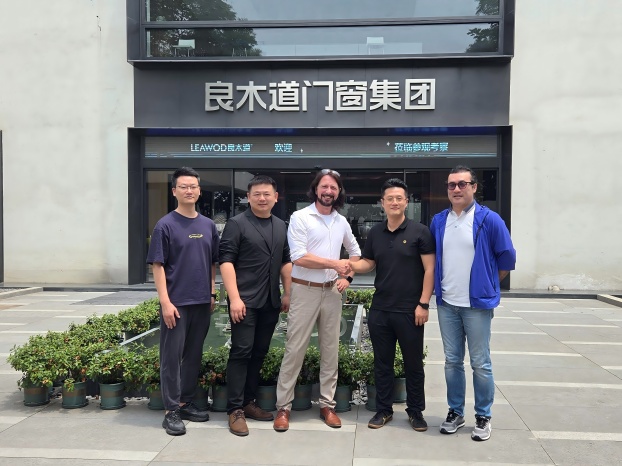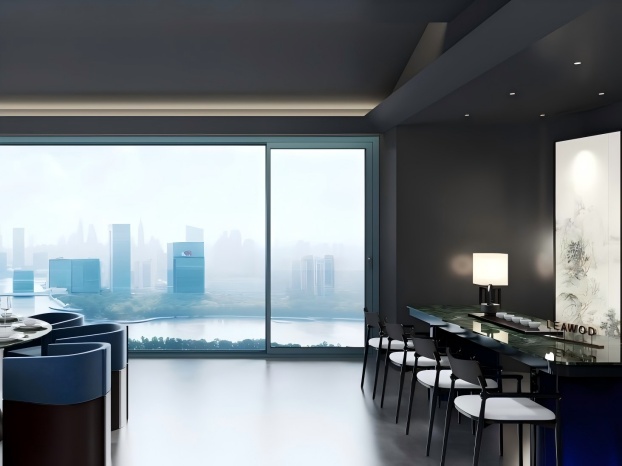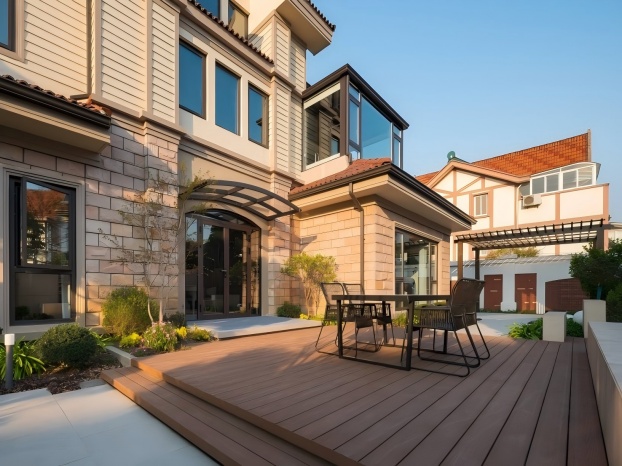When Dr. Frank Eggert from Germany’s Dr. Hahn stepped into the headquarters of LEAWOD , a cross-border industrial dialogue quietly began. As a global technical expert in door hardware, Dr. Hahn and LEAWOD—a brand rooted in quality—demonstrated a new model of partnership between Chinese manufacturers and international suppliers. This collaboration transcends mere technical competition and focuses on shared needs; it moves beyond one-way knowledge transfer and commits to mutual empowerment.

A "Technical Translator" with a Global Vision
In the door and window industry, hardware components are the "neurons" that determine product lifespan and user experience. Although LEAWOD does not deeply engage in hardware manufacturing, it consistently serves as a "translator" of technological trends. Through regular workshops with over ten global hardware leaders—including Dr. Hahn, Winkhaus, MACO, and HOPPE—LEAWOD transforms cutting-edge international technologies into practical solutions. Each exchange, whether on silent designs for concealed hinges, extreme load-bearing tests, or compatibility validation for smart locks, becomes a "nutrient pool" for enhancing product performance.
A "Decoder" of Chinese Market Needs
For Dr. Hahn, this visit to China resembled an in-depth market survey. Despite its reputation for precision engineering, adapting to Chinese consumers’scenario-specific demands—such as large-sized doors/windows and nationwide climate compatibility—required localized adjustments. Case studies shared by LEAWOD proved invaluable: upgrading hardware corrosion resistance for humid coastal regions, exceeding standard wind pressure tests for skyscrapers, and innovating lock structures to meet the minimalist preferences of younger consumers. These real-world insights led Dr. Hahn to re-evaluate China’s dual demand for "technology + practicality."
Symbiotic Evolution Between Supply and Demand
The most profound breakthrough lies in restructuring the traditional supply-demand value chain. LEAWOD is no longer a passive product recipient; instead, it leverages consumer data to surface hidden needs within China’s door and window market. Dr. Hahn, meanwhile, has shifted from one-way technical output to integrating deep scenario-based understanding into R&D. This transformation reveals new possibilities for industrial collaboration: when demand-side players master technical interpretation and supply-side experts embrace scenario adaptation, their interface evolves from transactional simplicity into a dynamic ecosystem of co-evolution.

This dialogue, free from technical rivalry, mirrors the meshing of precisely calibrated gears—each maintains its specialized depth while transferring energy through continuous interaction. As global supply chains rapidly restructure, such deep, expertise-driven conversations may well represent the industry’s most rational approach to progress.

Post time: Aug-08-2025
 +0086-157 7552 3339
+0086-157 7552 3339  info@leawod.com
info@leawod.com 




